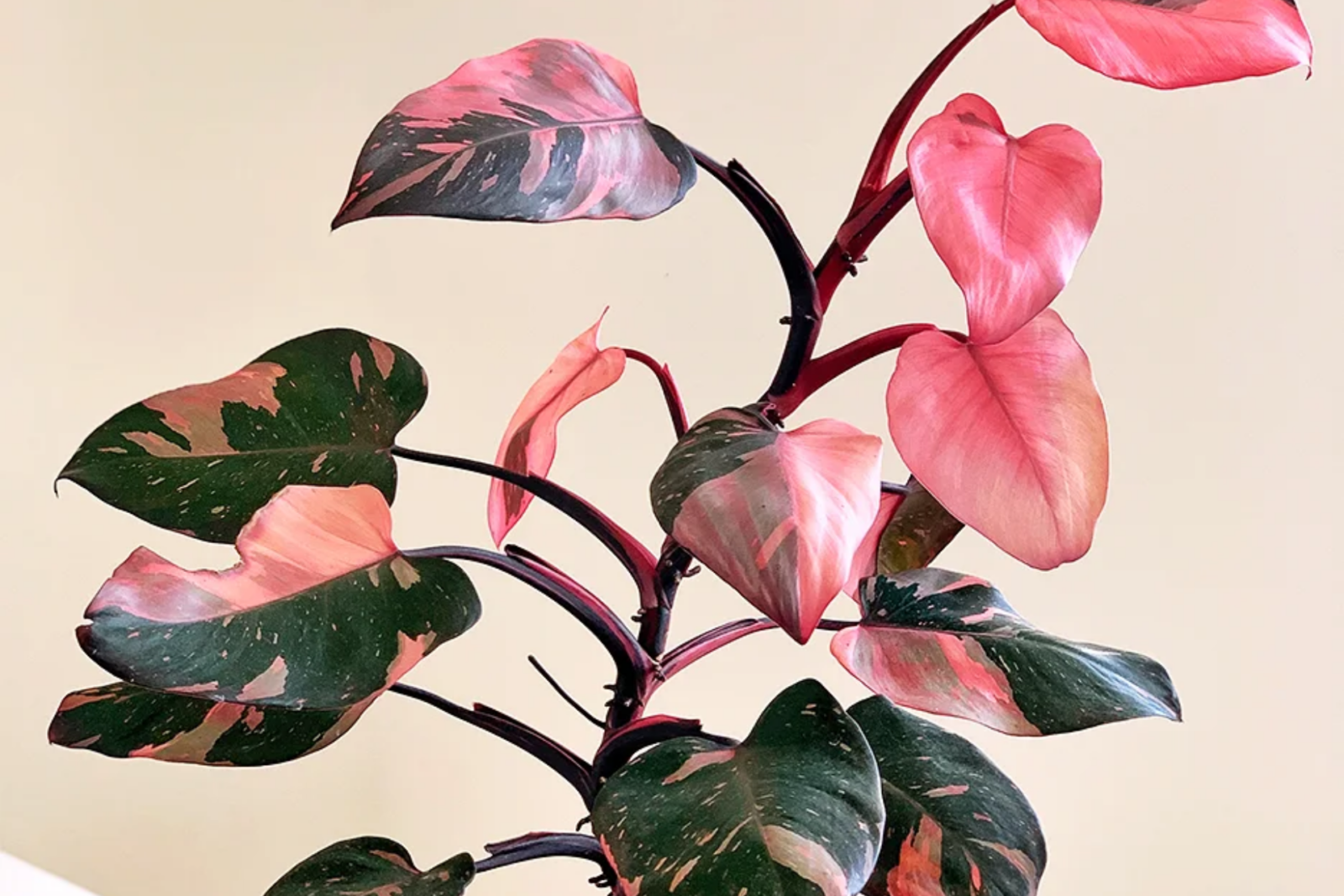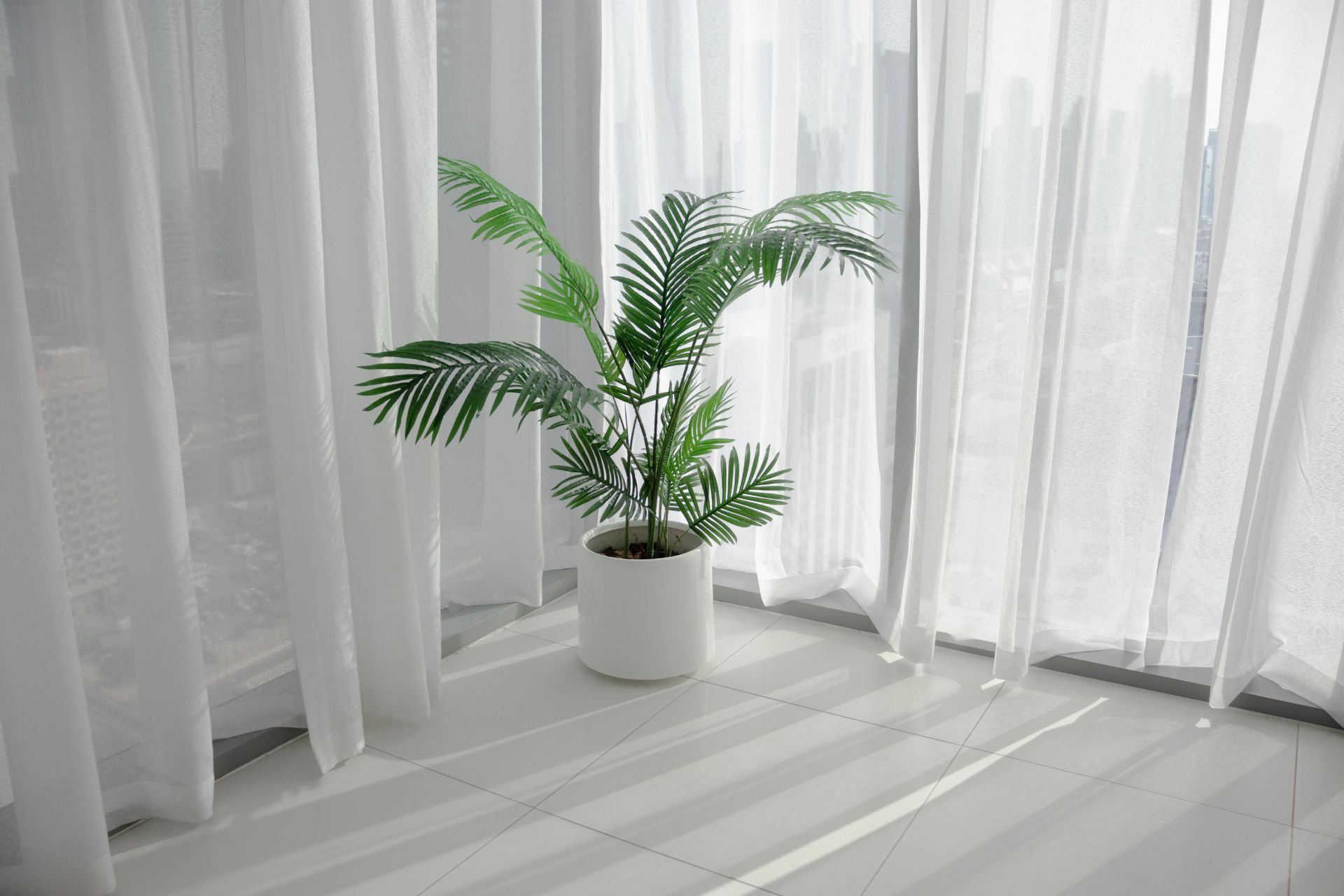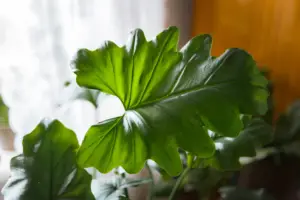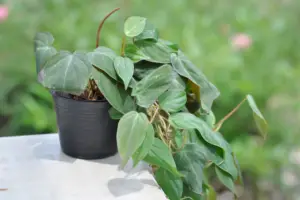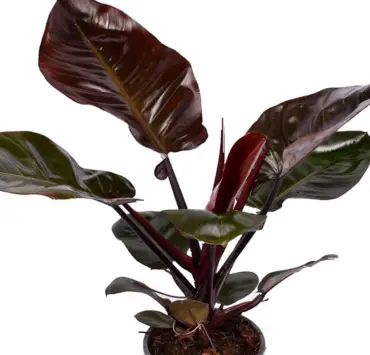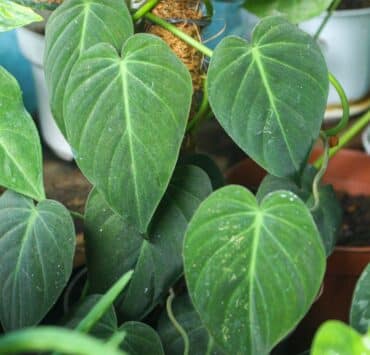The Pink Princess Philodendron is a highly sought-after plant in the world of houseplant enthusiasts. With its distinctive variegated foliage, featuring splashes of pink, white, and green, this plant is sure to add a pop of color and style to any indoor space. This article will provide a comprehensive guide on how to grow and care for your Pink Princess Philodendron, ensuring it remains healthy and vibrant for years to come.
Understanding the Pink Princess Philodendron
The Pink Princess Philodendron (Philodendron erubescens ‘Pink Princess’) is a cultivar of the popular climbing plant, Philodendron erubescens. Native to the tropical regions of Central and South America, this variety is prized for its unique pink variegation, which adds an exotic flair to the plant’s large, glossy green leaves.
A member of the Araceae family, the Pink Princess Philodendron is a slow-growing, climbing plant with aerial roots. In nature, these plants use their aerial roots to attach themselves to tree trunks, allowing them to climb and reach sunlight in the dense rainforest understory. While the Pink Princess Philodendron can be grown as a climbing plant, it can also be trained to grow on a moss pole or simply cascade over the sides of a pot.
Planting and Propagation
To start growing a Pink Princess Philodendron, you have a few options:
- Buy an established plant from a nursery or online plant store.
- Propagate a cutting from an existing plant.
To propagate a Pink Princess Philodendron, follow these steps:
- Choose a healthy stem with at least two to three leaves and a node (the point where the leaf meets the stem).
- Using a clean, sharp pair of scissors or pruning shears, cut the stem just below the node.
- Remove any leaves close to the node, leaving only the top leaves intact.
- Place the cutting in a container with water, ensuring the node is submerged.
- Place the container in a warm, brightly lit area, but away from direct sunlight.
- Change the water every few days to keep it fresh.
- After two to four weeks, you should see new roots emerging from the node. Once the roots are about 2 inches long, your cutting is ready to be potted.
- Choosing the Right Soil and Pot
Pink Princess Philodendrons thrive in well-draining soil that is rich in organic matter. A high-quality potting mix, combined with peat moss or coco coir and perlite, is ideal. A suitable mix might include:
- 60% potting mix
- 30% peat moss or coco coir
- 10% perlite
When selecting a pot for your Pink Princess Philodendron, choose one with drainage holes to prevent root rot. A pot made of porous material, such as terracotta, is a great option as it allows excess moisture to evaporate more easily.
- Lighting and Temperature Requirements
Pink Princess Philodendrons prefer bright, indirect light. Placing the plant near an east or west-facing window, or a few feet away from a south-facing window, is ideal. Too much direct sunlight can cause the leaves to become scorched or lose their variegation.
As tropical plants, Pink Princess Philodendrons prefer warmer temperatures. Aim to maintain a consistent temperature between 65°F and 75°F (18°C and 24°C) during the day and slightly cooler at night. Avoid exposing your plant to temperatures below 55°F (13°C) as this can cause damage and slow growth.
- Watering and Humidity
Consistent watering is essential for maintaining a healthy Pink Princess Philodendron. Allow the top inch of soil to dry out before watering thoroughly, ensuring the water drains freely from the pot. Overwatering can lead to root rot, so it’s crucial to avoid letting your plant sit in standing water.
As native rainforest plants, Pink Princess Philodendrons enjoy higher humidity levels. Aim for a humidity level of around 60% to keep your plant happy. If your indoor environment is too dry, consider using a humidifier or placing a tray of water near your plant to increase humidity. Alternatively, you can mist the plant’s leaves with water a few times a week.
- Fertilizing and Pruning
To promote healthy growth and vibrant variegation, fertilize your Pink Princess Philodendron with a balanced liquid houseplant fertilizer every 4 to 6 weeks during the growing season (spring and summer). Reduce fertilizing to once every 8 to 10 weeks during the cooler months.
Pruning your Pink Princess Philodendron can help maintain its shape and encourage bushier growth. Regularly remove any yellow or damaged leaves by cutting them off at the base of the stem. If your plant becomes too leggy or overgrown, you can trim back the stems, leaving at least one to two leaves per stem.
- Common Pests and Problems
Pink Princess Philodendrons can be susceptible to common houseplant pests such as spider mites, mealybugs, and scale insects. Inspect your plant regularly for any signs of infestation, such as small webs, a sticky residue on leaves, or tiny insects on the stems or undersides of leaves.
If you discover pests, you can treat your plant with insecticidal soap or neem oil, following the manufacturer’s instructions. In severe cases, you may need to isolate the affected plant from other houseplants to prevent the spread of pests.
Some common problems that may affect your Pink Princess Philodendron include:
- Yellowing leaves: Overwatering, poor drainage, or a lack of nutrients can cause leaves to turn yellow. Adjust your watering schedule and ensure your pot has proper drainage. If necessary, fertilize with a balanced liquid houseplant fertilizer.
- Drooping leaves: Underwatering or low humidity can cause leaves to droop. Check the soil moisture and water as needed, and ensure the plant is receiving adequate humidity.
- Loss of variegation: Insufficient light can cause the pink variegation to fade. Move your plant to a brighter location with indirect sunlight.
The Pink Princess Philodendron is a stunning addition to any indoor plant collection. By following this guide on how to grow and care for your Pink Princess Philodendron, you’ll be able to enjoy its vibrant, variegated foliage for years to come. Remember to provide the right lighting and temperature conditions, maintain a consistent watering schedule, and protect your plant from pests to ensure it stays healthy and thriving.
- Why is Philodendron Pink Princess so expensive?
The Pink Princess Philodendron is expensive due to its high demand and limited availability. The plant’s unique pink variegation is also challenging to maintain during propagation, making it rare and highly sought after by collectors and enthusiasts.
- Is Pink Princess Philodendron hard to care for?
Pink Princess Philodendron is not particularly hard to care for. However, it does require specific care in terms of lighting, temperature, and humidity to maintain its vibrant pink variegation and overall health.
- How do I make my Pink Princess Philodendron pink?
To maintain and enhance the pink coloration in your Pink Princess Philodendron, provide the plant with bright, indirect light, which encourages the development of its variegation. Too much direct sunlight can cause the leaves to scorch or lose their variegation.
- What is so special about the Pink Princess Philodendron?
The Pink Princess Philodendron is unique and highly sought after due to its stunning pink variegation on its large, glossy green leaves. This rare and eye-catching feature makes it a popular choice among houseplant enthusiasts.
- How do you encourage Pink Princess variegation?
To encourage Pink Princess variegation, provide your plant with bright, indirect light, and maintain proper care conditions such as adequate temperature, humidity, and a well-draining soil mix. Fertilizing regularly with a balanced liquid houseplant fertilizer during the growing season can also help.
- Why is my Pink Princess not very pink?
If your Pink Princess Philodendron is not very pink, it could be due to insufficient light, which can cause the variegation to fade. Move your plant to a brighter location with indirect sunlight to encourage the development of pink variegation.
- Will my Pink Princess turn pink?
If your Pink Princess Philodendron is currently lacking pink variegation, it may develop pink coloring over time when provided with the right care conditions, including bright, indirect light.
- Can a reverted Pink Princess go back to pink?
A reverted Pink Princess Philodendron may regain its pink variegation with proper care, including exposure to bright, indirect light. However, there is no guarantee that the pink color will return.
- Does Pink Princess lose its variegation?
Pink Princess Philodendron can lose its variegation if it doesn’t receive enough light. Insufficient light can cause the pink variegation to fade, leaving the plant with mostly green leaves.
- Do Pink Princess Philodendrons like being misted?
Pink Princess Philodendrons do appreciate being misted, as they prefer higher humidity levels. Misting the plant’s leaves with water a few times a week can help maintain adequate humidity.
- How do you make a Philodendron Pink Princess bushier?
To make your Pink Princess Philodendron bushier, you can prune the plant by cutting back leggy or overgrown stems, leaving at least one to two leaves per stem. Regular pruning can encourage bushier growth.
- What is the best position for Pink Princess Philodendron?
The best position for a Pink Princess Philodendron is in a location with bright, indirect light. Placing the plant near an east or west-facing window, or a few feet away from a south-facing window, is ideal.
